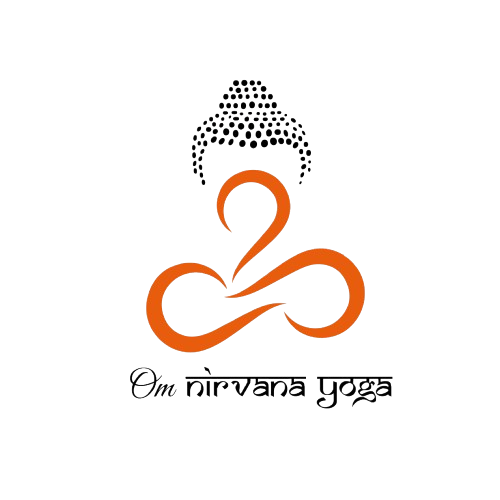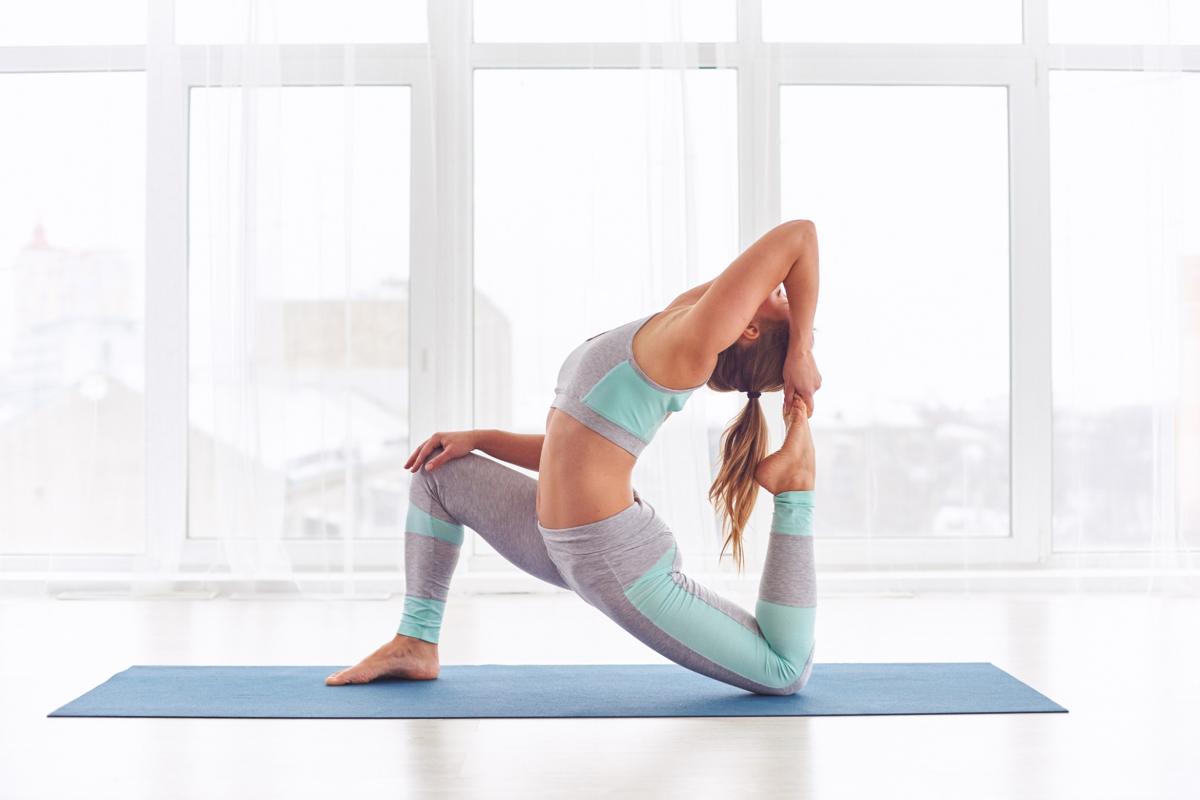

Vinyasa is a dynamic type of yoga that strings postures together so you could move from one to another fluidly utilizing your breath.
The form of Ashtanga Vinyasa, founded by Sri K. Pattabhi Jois in Mysore in the 1940s, is the basis of modern vinyasa flow or flow yoga. Modern vinyasa offers a variety of poses, so two classes are rarely the same. Ashtanga has the same sequence every time.
Vinyasa comes from the Sanskrit words “nyasa” (location) and “vi” (special way). This shows our consciousness in each moment's movement. Thus, vinyasa helps us balance our bodies and minds through breath-synchronized practice. Vinyasa adds cardiovascularity and heat to postural practice.
Your Vinyasa TTC will include courses with various focuses, such as strength, balance, flexibility, and inversions. You'll probably sweat and struggle, but perhaps you'll laugh and enjoy it!
In “art of teaching” classes, you will learn sequencing and alignment and practice Ujjayi breath, the correct breathing for this form of yoga.
Ujjayi breath makes Vinyasa more effective and satisfying. Ujjayi requires constricting the back of the neck to unleash sea waves' crashing sound. The goal of Ujjayi breath is to release any obstacles.
Expectations for Vinyasa Yoga Asana classes? These 5 pillars summarize current Vinyasa Practice and will be included into your asana flow:
Mantras are vital in Vinyasa Yoga. Mantras expand energy channels and increase the body's openness to the universe. It also enhances yoga concentration. Reciting mantras releases emotions and maximizes asana benefits.
Most mudras are hand and finger motions. Each finger's nerve is attached to an organ. Pressing the same heals those body parts therapeutically.
Three subtle energy bandhas are found in Vinyasa Yoga. Bandhas help retain breath, allowing longer posture holding. They calm you and help Prana flow during Vinyasa Yoga.
The four Yoga bandhas are: